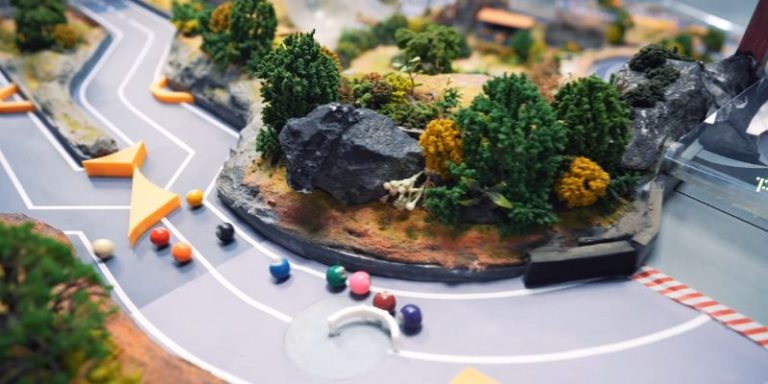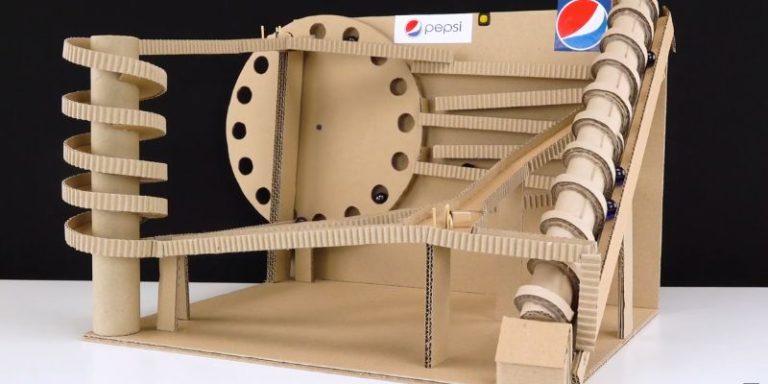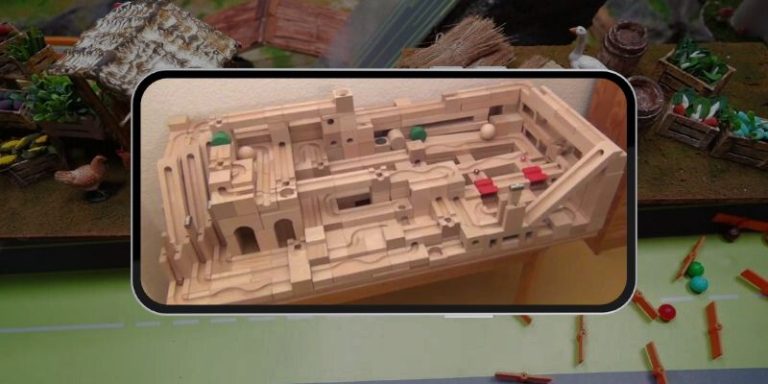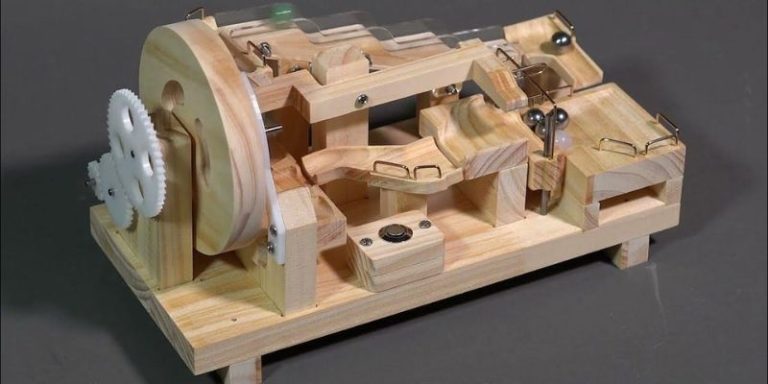Gravel track: Benefits, challenges, and real-world examples
Gravel tracks add a rugged and exciting element to marble racing, presenting a unique challenge for both racers and track builders. Their natural, uneven surface, made from small stones and pebbles, tests the stability and control of marbles in ways that smoother tracks cannot.
Known for their dynamic terrain and unpredictability, these tracks are popular for competitive races and outdoor setups, requiring racers to adapt to shifting paths and requiring designers to create fair and exciting courses.
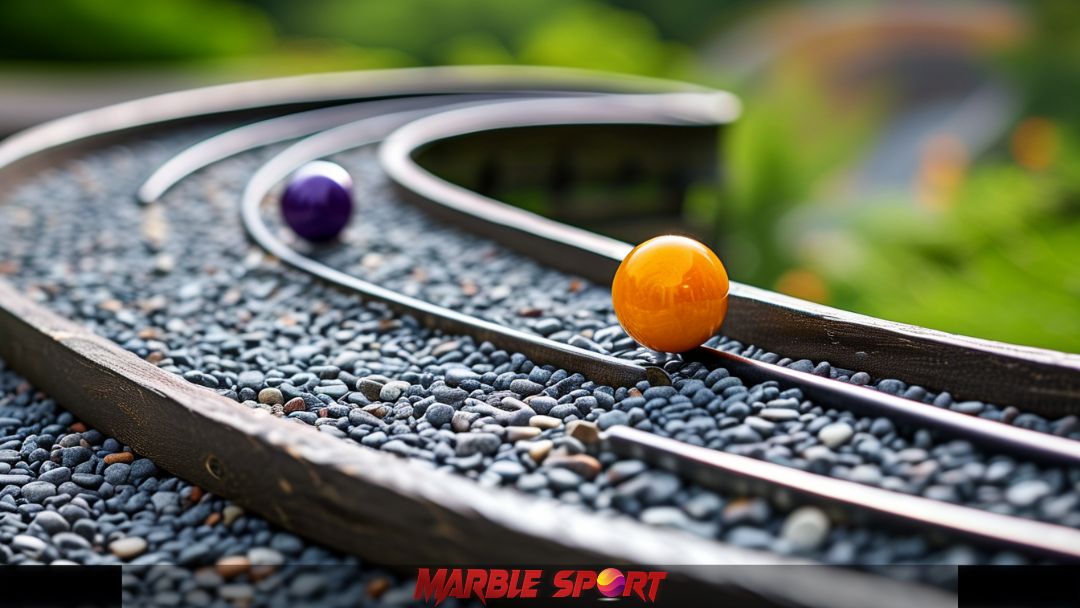
What is a gravel track?
A gravel track is a type of marble racing track made using small stones and pebbles as its base. Unlike smoother surfaces like dirt track or artificial tracks are known for their rugged terrain, which introduces natural obstacles and challenges.
The rough surface of a gravel track slows down marbles, making races more about precision and stability than sheer speed. Marbles must navigate through uneven paths, adapting to the unpredictability shifts in texture and terrain. This makes gravel tracks a great choice for those seeking a technical challenge in their races.
Gravel tracks are often set up in parks, gardens, or outdoor spaces, where the natural environment complements the track’s design. Their realistic appeal makes them a popular choice for DIY enthusiasts and competitive tracks, offering a unique and exciting racing experience.
Benefits of gravel tracks
Gravel tracks bring a unique set of advantages to marble racing, combining natural elements with durability and creativity. Here’s why they’re a popular choice among marble racing enthusiasts.
Natural challenges
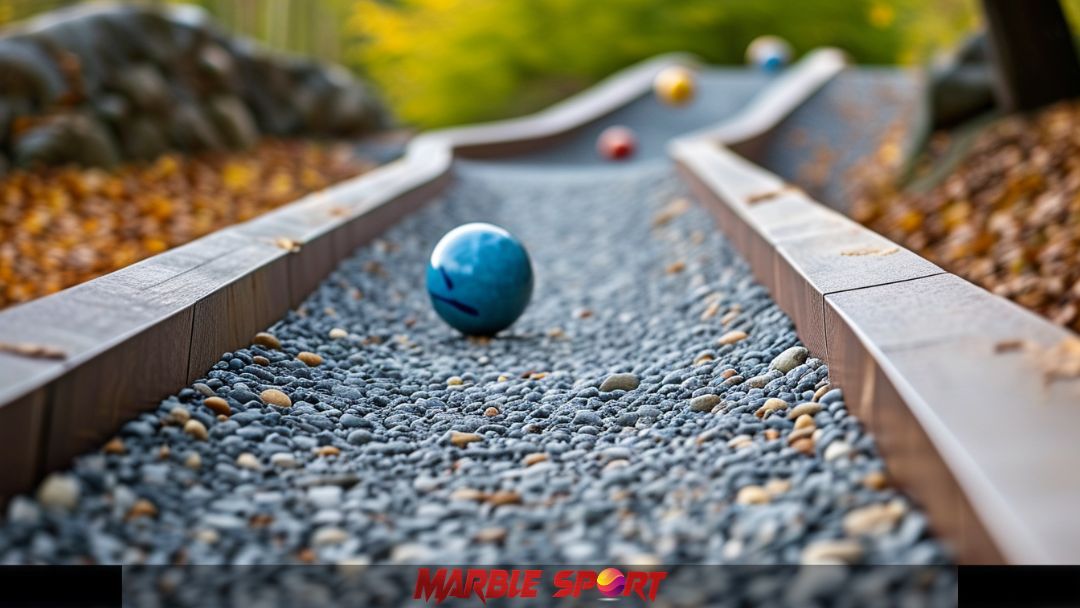
The uneven surface of a gravel track introduces an element of unpredictability that keeps races exciting.
- Marbles must navigate bumps, dips, and shifting stones, testing their stability and control.
- The track’s natural variations make each race different and push racers to adapt their strategies.
This unpredictability adds an element of skill, making gravel tracks ideal for competitive play.
Durability
Gravel tracks are sturdier than sand tracks, holding their shape over longer periods.
- The compact nature of gravel prevents tracks from collapsing or eroding easily.
- This durability makes them suitable for longer races and multi-event tournaments.
Gravel tracks can also withstand outdoor elements, making them perfect for reusable setups in gardens or parks.
Customizable
Despite the ruggedness, gravel tracks are highly customizable, allowing for creative designs.
- Builders can create twists, turns, and slopes using the gravel itself.
- Larger stones or pebbles can indeed add natural barriers or obstacles.
Experimenting with gravel thickness and texture provides even more variation in track dynamics.
This adaptability ensures that no two gravel tracks are ever the same.
Eco-friendly
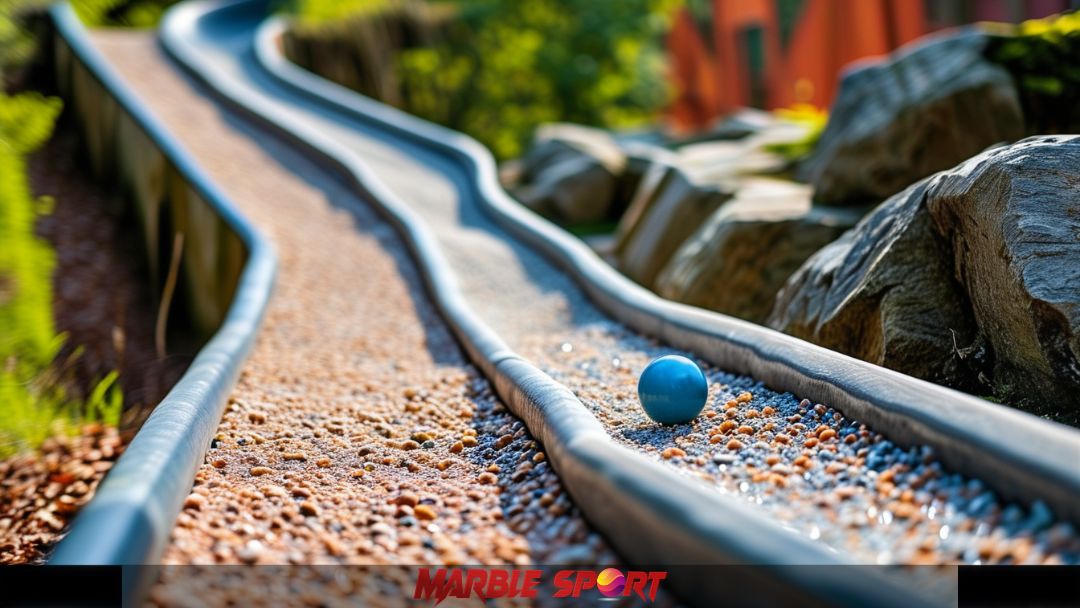
Gravel tracks are an environmentally friendly option for marble racing.
- Using natural and readily available materials reduces the need for synthetic components
- Gravel can often be repurposed or reused for future tracks, making it a sustainable choice.
For those who enjoy blending their racing setup with the outdoors, gravel tracks are a great match.
Author’s Insight
What I find the most rewarding about gravel tracks is how they challenge both builders and racers. Designing a track that balances difficulty and fairness requires creativity, while racers must adjust to the terrain with precision and skill. The result? An intense and unforgettable racing experience.
Challenges of gravel tracks
While gravel tracks bring excitement and durability to marble racing, they also come with unique challenges that can impact the racing experience. Here’s what to keep in mind when working with gravel tracks:
Slower speed
The rough texture of gravel naturally reduces a marble’s momentum compared to smoother surfaces like plastic or themed tracks.
- The uneven terrain creates friction, which slows down the marbles.
- Larger stones or pebbles may obstruct the flow, requiring racers to rely more on precision and stability than speed.
This slower pace can make races feel more technical but may lack the high-energy thrill of faster tracks.
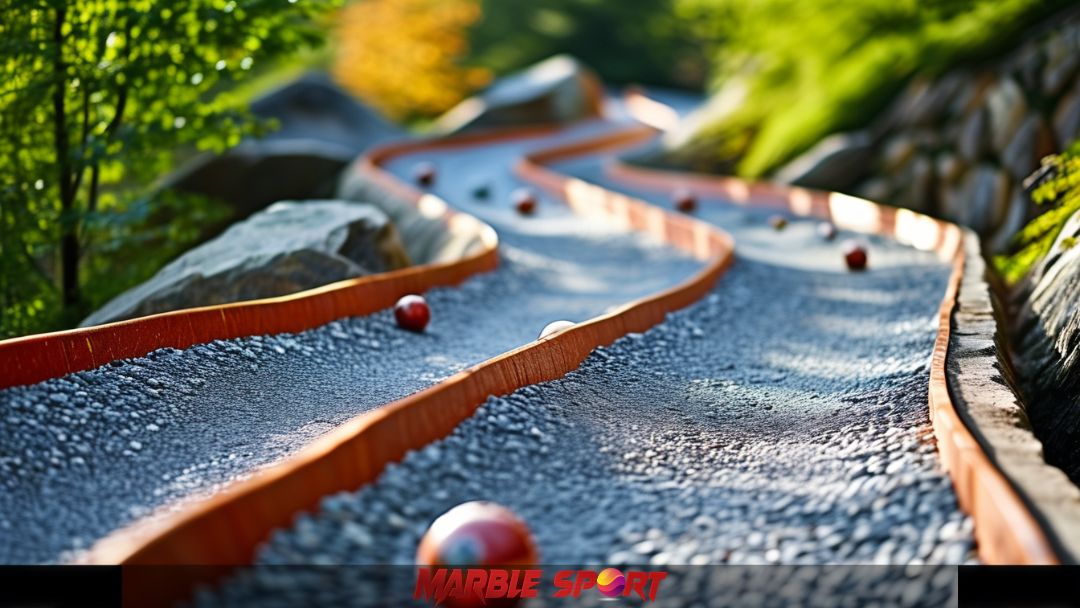
Maintenance
Gravel tracks require regular upkeep to ensure smooth races.
- Debris clearing: Small stones and debris can block the track, causing marbles to get stuck or veer off course.
- Track realignment: Over time, gravel may shift, requiring builders to reshape the path to maintain the intended layout.
- Weather effects: Rain or strong winds can wash away or scatter gravel, meaning frequent adjustments are needed for outdoor tracks.
Consistent maintenance is key to keeping track in optimal condition for racing.
Visibility issue
The color and texture of gravel can make it harder to spot marbles during a race.
- Dust and fine stones: Rolling marbles can kick up dust, reducing visibility for both racers and spectators
- Color contrast: Marbles with similar shades to the gravel may blend into the track, making it difficult to track their progress.
Choosing brightly colored marbles and lightly wearing the gravel can help address these visibility concerns.
Real-world marble racing on gravel tracks
The rugged terrain makes gravel tracks an exciting challenge, and the natural durability lends itself well to creative designs.
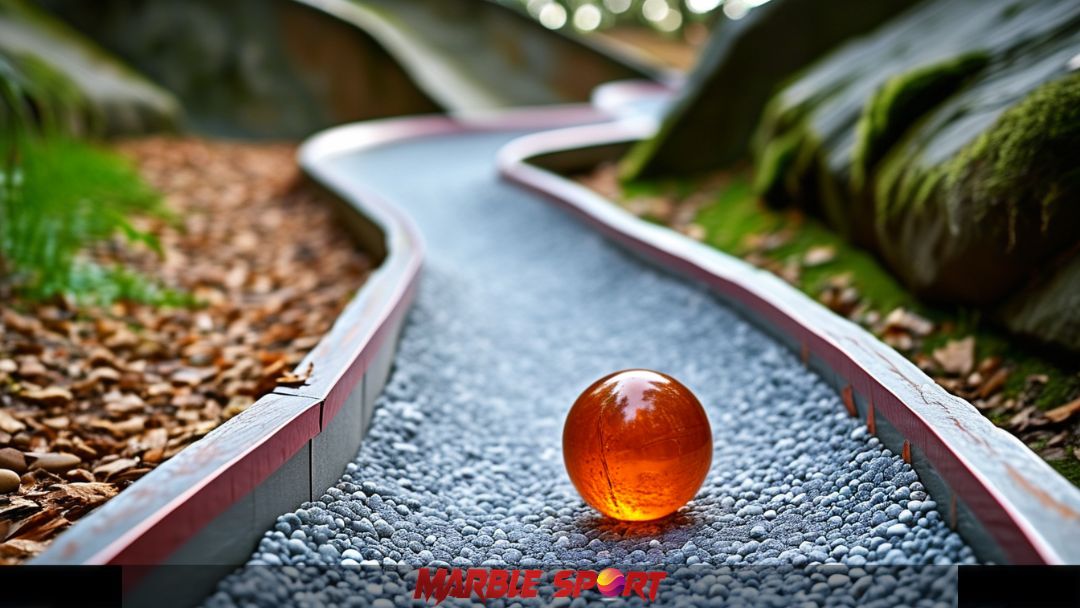
Competitive races
Gravel tracks are often featured in marble racing tournaments, where the uneven surface adds a layer of complexity and unpredictability to the competition.
- The rough surfaces force marbles to maintain balance and stability, testing their ability to adapt.
- Tracks with built-in obstacles like small rocks or inclines create intense and thrilling races for participants and spectators alike.
Competitive events often highlight the technical skills of both racers and track designers.
DIY set up
Backyard gravel tracks are a favorite among marble racing hobbyists due to their durability and versatility.
- Natural aesthetic: Gravel blends seamlessly into outdoor spaces, making it a great choice for gardens and parks.
- Easy to construct: Hobbyists can use readily available materials to build long-lasting tracks with minimal tools.
- Flexible adjustments: Builders can reshape paths and add new features without starting from scratch.
Gravel tracks provide a practical, low-cost option for those who want to enjoy marble racing at home.
Creative designs
Builders often incorporate exciting elements into gravel tracks to make races more engaging and visually appealing.
- Ramps and drops: Add speed boosts and dynamic action to the track
- Tunnels and bridges: Provide obstacles and strategic challenges for marbles.
- Custom layouts: Tracks can be designed to include twists, turns, and even split paths for added drama.
These creative touches elevate gravel tracks from simple pathways to dynamic racing arenas.
Tip for better racing
Lightly wetting the gravel before racing can improve the performance by:
- Reducing dust: Prevents marble from kicking up fine particles, improving visibility
- Smoothing the path: This helps stabilize loose stones and ensure a better rolling motion.
This simple step can make a noticeable difference in the quality of your race.
From high-stakes tournaments to backyard fun, gravel tracks provide a challenging and engaging experience for marble racing enthusiasts. The natural feel, combined with the opportunity for creative enhancements, makes them a versatile and rewarding choice for any race.
Best marble for gravel tracks
Choosing the right marbles for a gravel track is essential to ensure smooth and competitive races. The rugged surface and uneven terrain of gravel require marbles that can handle impact and maintain stability. Here’s what works best:
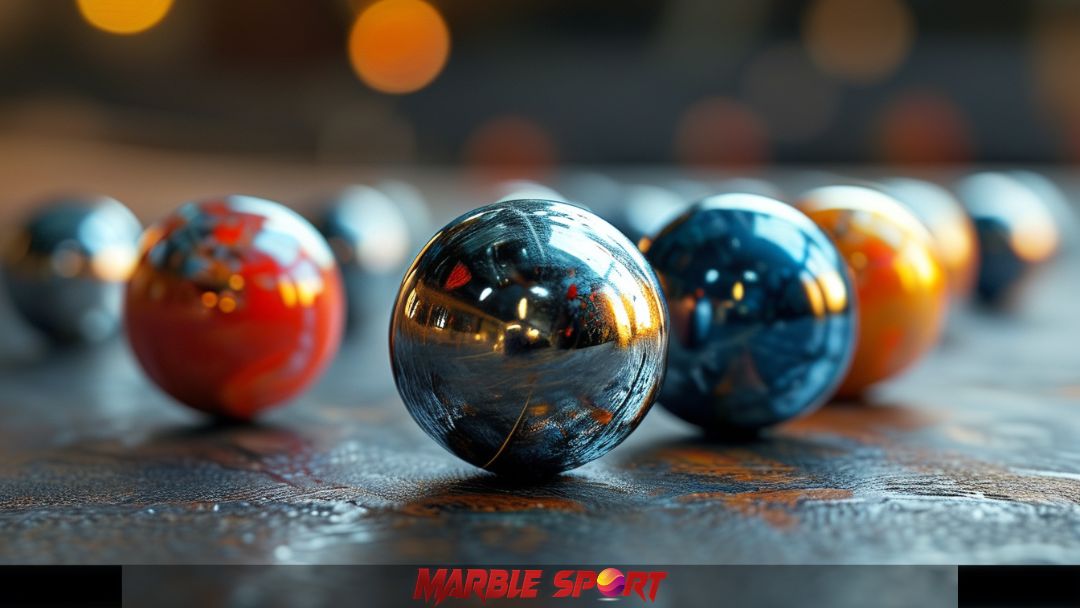
Heavier marbles
Weight plays a big role in navigating the rough surface of a gravel track.
- Metal marbles: The extra weight allows them to maintain momentum even on uneven paths. They’re less likely to bounce or get stuck between stones.
- Ceramic marble: These offer a balance of weight and durability, performing well in both speed and control.
- Lighter marbles, like plastic or small glass ones, often lose momentum and struggle to stay on course.
Durable marbles
The rough and rocky nature of gravel tracks demands sturdy marbles that can withstand impacts
- Avoid fragile marbles: Thin glass marbles or poorly made ones can easily chip or crack on gravel surfaces.
- Resilient materials: Opt for marbles with polished surfaces and strong scores to handle the bumps and drops of gravel tracks.
Durability ensures your marbles last longer and perform consistently, race after race.
For gravel tracks, heavier, durable, and brightly colored marbles provide the best performance and visibility. I enjoy experimenting with ceramic marbles for their balance of speed and control – they seem to thrive on the challenges of gravel racing. With the right marbles, your gravel track races will be smoother, more exciting, and packed with competitive fun.
